1. Toothbrushes
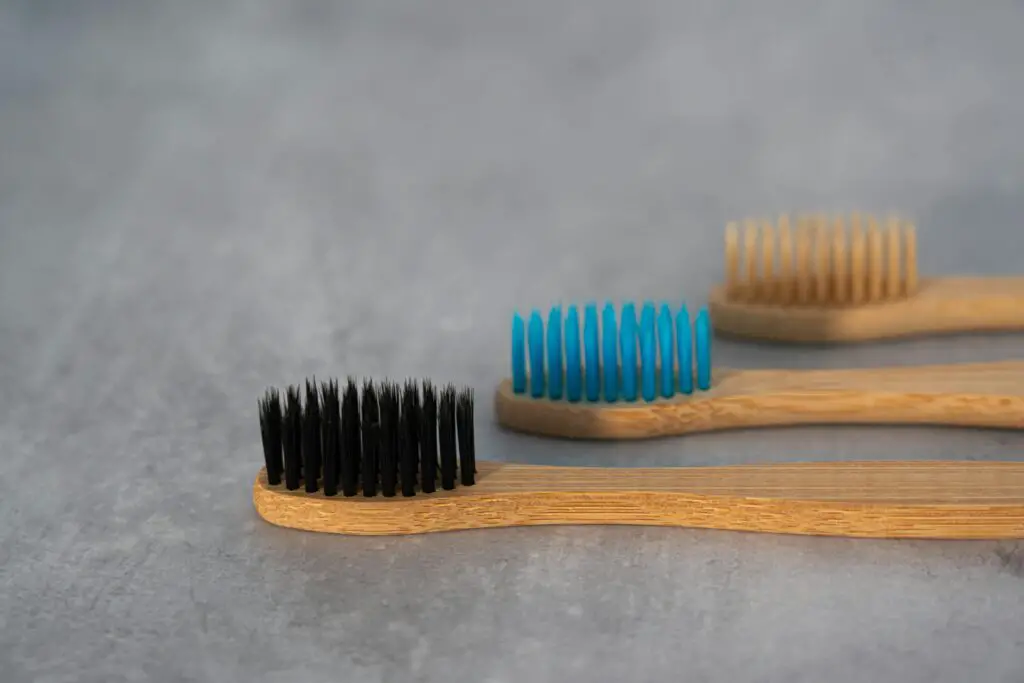
You probably never thought twice about your toothbrush, but in the 18th century, people made them out of animal bones and hog bristles. Yep, someone decided swine hair was the ideal texture for dental hygiene, and they’d fasten it to cow or pig bones and start scrubbing shares HowStuffWorks.
Not only was it uncomfortable, but it was also a breeding ground for bacteria. Imagine using someone else’s old shaving brush for your teeth, because that’s basically what early toothbrushes were. It wasn’t until the ’30s that nylon bristles gave us something a little less, well, animalistic. So next time you’re brushing, be grateful you’re not putting boar bristles in your mouth adds National Geographic.
2. High Heels
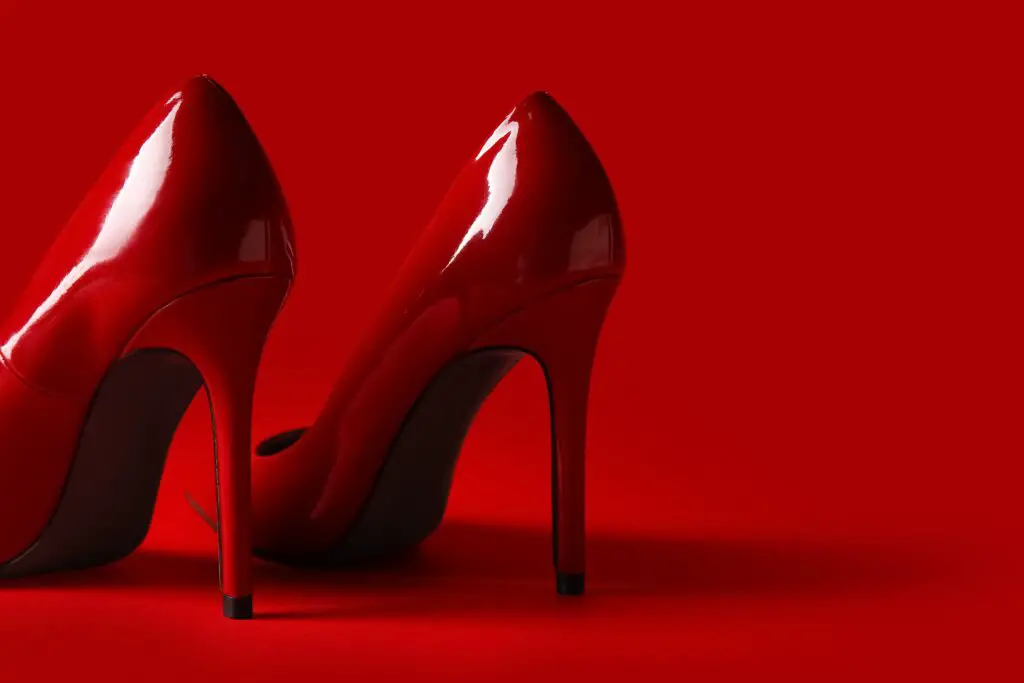
High heels weren’t created for fashion—they were designed for war. Persian cavalrymen wore them in the 10th century to help keep their feet in stirrups during battle shares WWD.
When European aristocrats caught on, they weren’t interested in horseback riding, just looking powerful. Men wore them long before women did, and it became a status symbol. Over time, they were adopted by women and slowly became associated with femininity. It’s wild to think that your favorite pumps started off as a soldier’s battle gear says Fast Company.
3. Lipstick
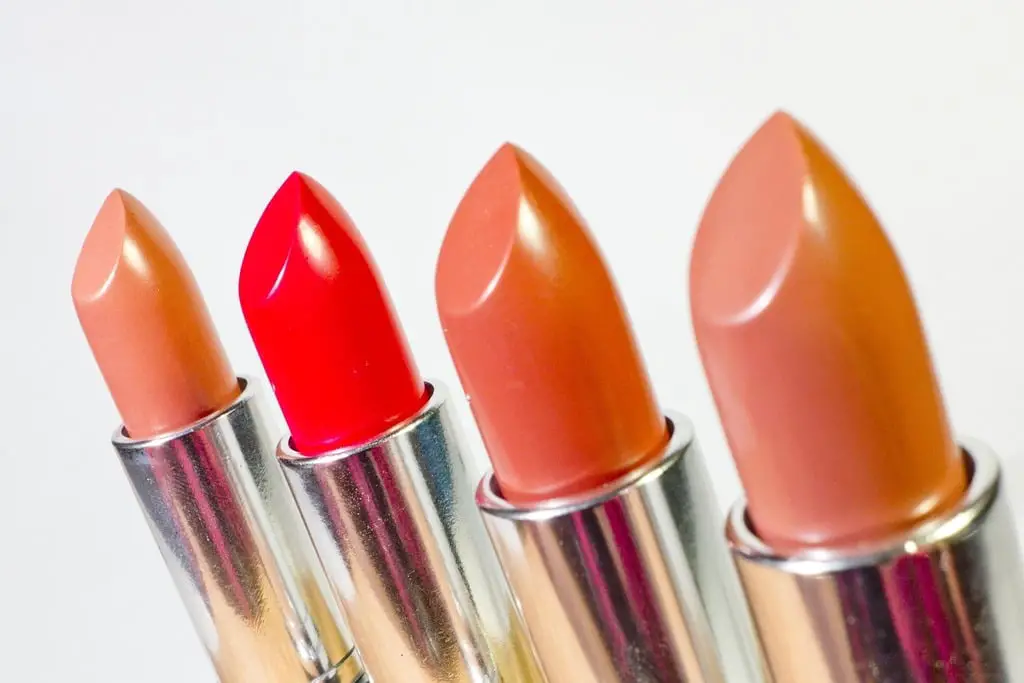
Lipstick might feel glamorous, but its roots are anything but. Ancient Egyptians crushed bugs and mixed them with red ochre and animal fat to make their pout pop.
It wasn’t just about beauty either, it was used to signify social status and power. During the Middle Ages, wearing lipstick was considered a sin and even associated with witchcraft. Queen Elizabeth I brought it back in style, but people still thought it had magical powers. So the next time you swipe on a bold red, remember it once involved dead insects and superstition.
4. Dolls
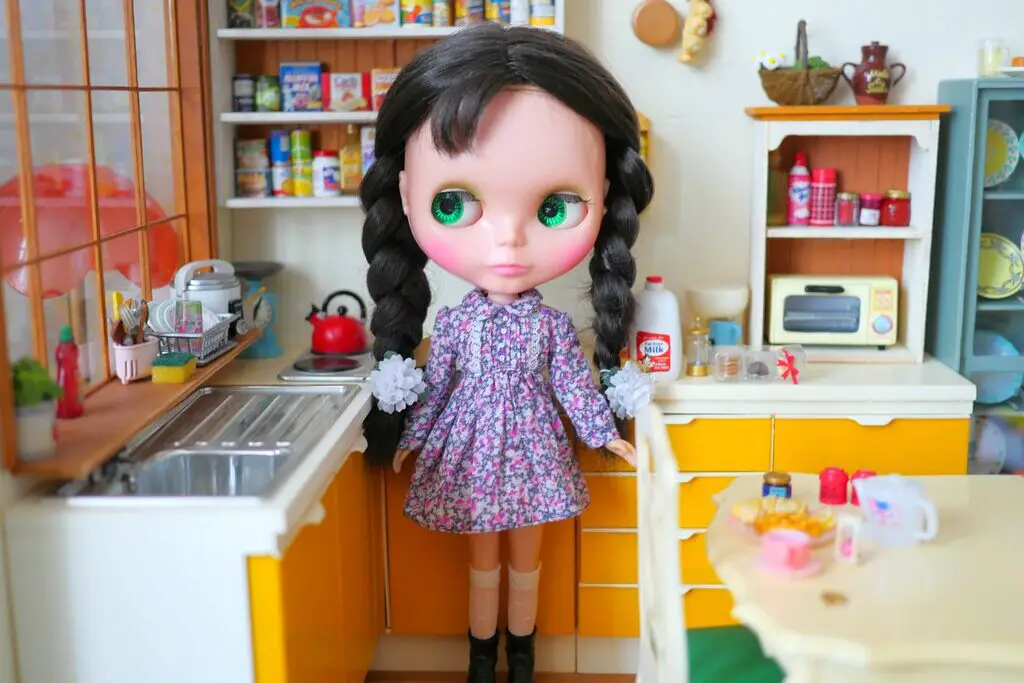
Dolls today might be cute or collectible, but their past is seriously unsettling. Early dolls were often made as vessels for spirits or used in rituals. In some cultures, they were believed to house the souls of the dead, or they were made specifically to curse someone.
Even the Victorians, who adored dolls, often modeled them to look like real children—sometimes even after those children had passed. It’s no wonder dolls are a horror movie staple. Their origins are more chilling than charming.
5. Treadmills

This one might blow your mind: treadmills were originally punishment devices. In Victorian England, prisoners were forced to walk endlessly on them for hours as a form of hard labor.
They were used to grind grain or pump water, but mostly, they were just a way to exhaust inmates. Some prisoners walked the equivalent of climbing several thousand feet every day. Eventually, the idea was repurposed into fitness equipment. So if you’ve ever felt like your treadmill workout was torture, it kind of was—by design.
6. Alarm Clocks
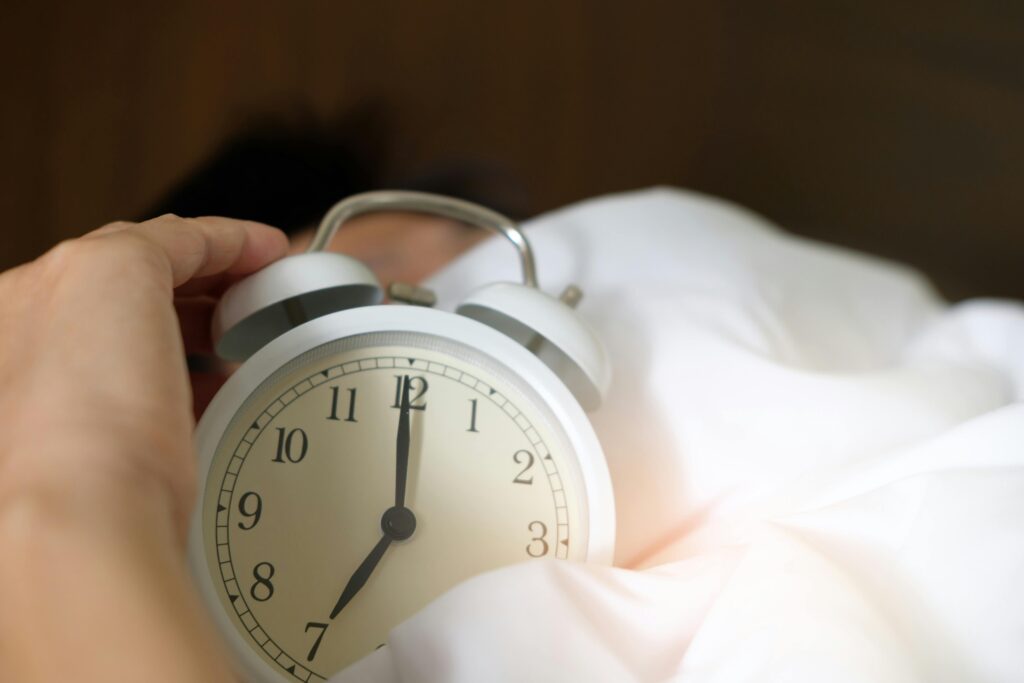
Waking up to an alarm is annoying, but the invention itself is rooted in something even worse. In ancient Greece, water clocks were used to alert people, often slaves, when it was time to begin their duties.
Later versions were designed specifically to wake up factory workers during the Industrial Revolution. These clocks were loud and aggressive because missing work wasn’t an option—you could lose your job or worse. The modern alarm clock evolved from these harsh origins. So that buzzing sound? It’s got centuries of stress behind it.
7. Mirrors
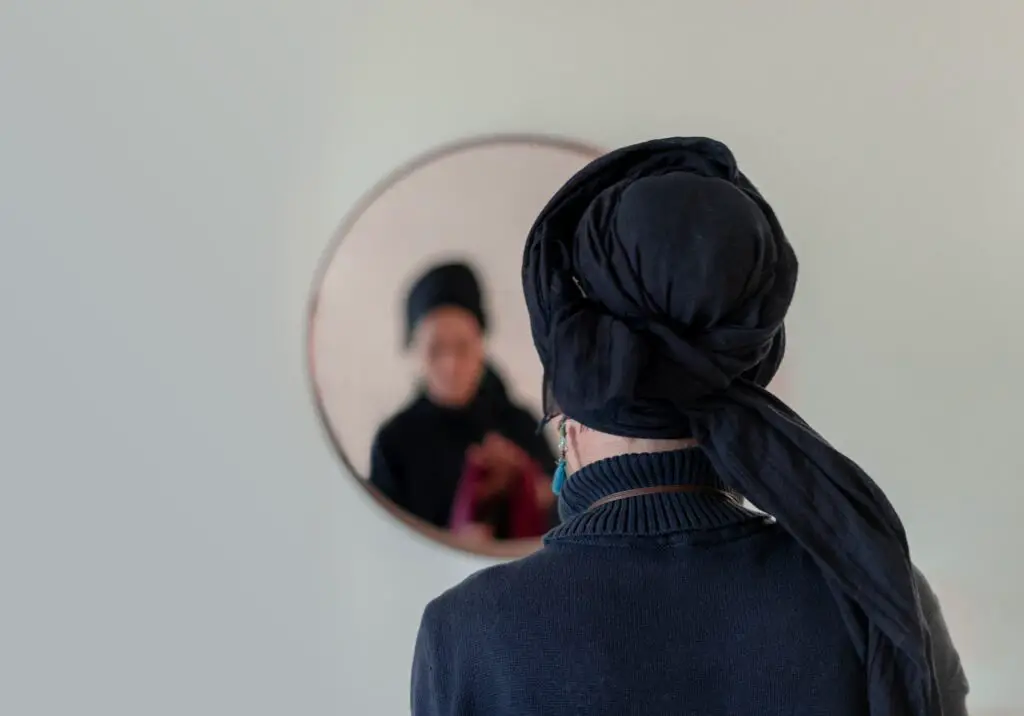
Mirrors seem harmless, but their history is full of eerie beliefs. Ancient cultures thought they held the power to reflect not just your image, but your soul.
That’s where the superstition about breaking a mirror bringing seven years of bad luck came from—it was like damaging your essence. Some people even covered mirrors after someone died, fearing their spirit would get trapped inside. What we now use to check our hair was once a portal for the supernatural. Makes you think twice about hanging one in your bedroom.
8. Teddy Bears
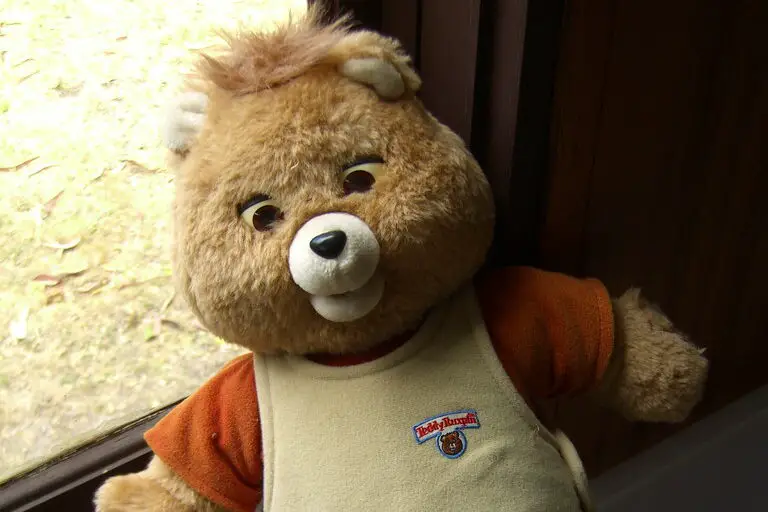
Your snuggly teddy bear has a darker past than you’d guess. It was inspired by President Theodore Roosevelt refusing to shoot a bear during a hunting trip in 1902.
Sounds sweet, but that bear was actually captured and tied to a tree for him to shoot as a show of power. When he refused, newspapers ran with the story and a toy company made a plush version to celebrate the moment. The bear that started it all was terrified and used for political theater. A children’s toy born from an animal’s torment—definitely creepy.
9. Wedding Rings
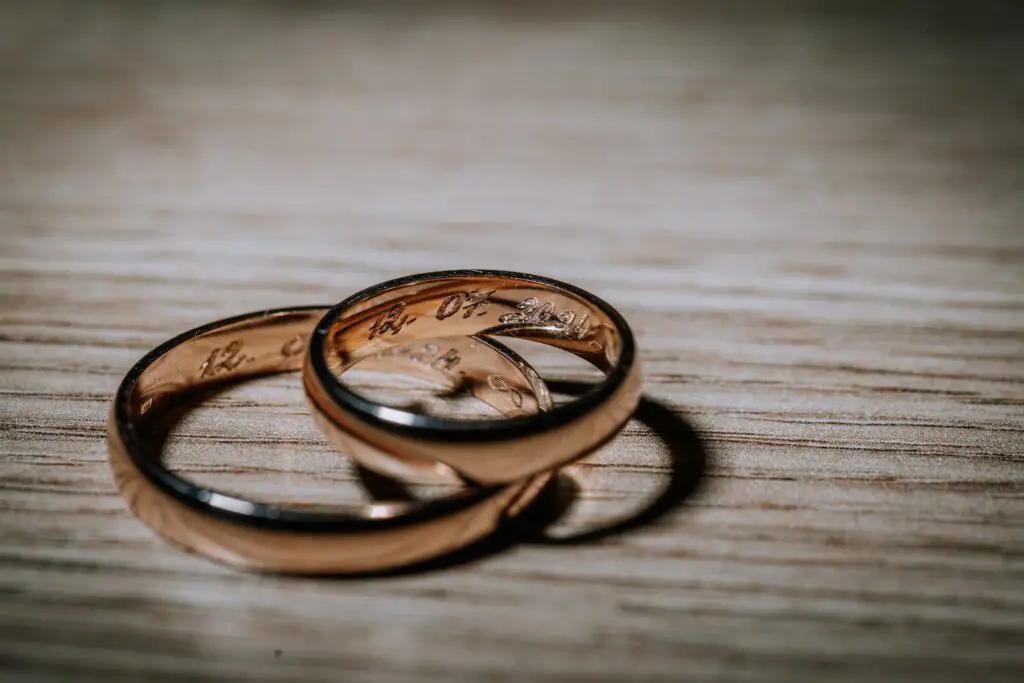
Wedding rings are supposed to symbolize love, but they began as a form of ownership. Ancient Romans used iron rings to show that a woman was “taken” and no longer available.
It wasn’t about romance, but control and status. In some cultures, the ring was even part of a contract where the woman came with a dowry. The romantic spin didn’t come until much later with marketing campaigns pushing the idea of eternal love. The truth is far more transactional than tender.
10. Vending Machines
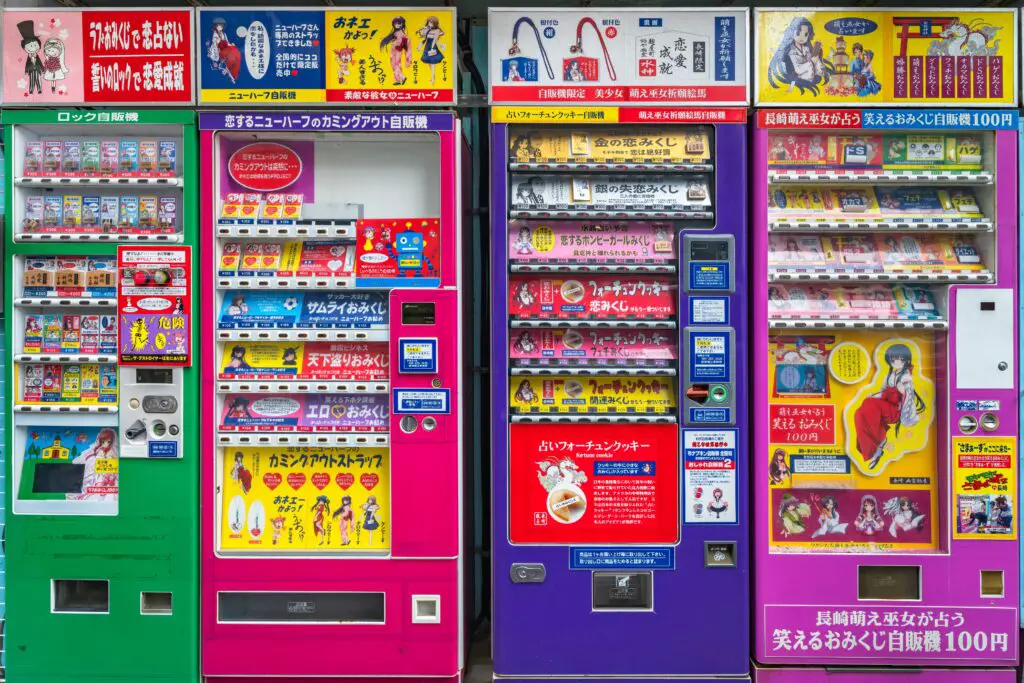
Vending machines may seem convenient, but their first version wasn’t handing out snacks. The earliest known machine was invented in ancient Egypt and dispensed holy water at temples.
Worshippers would insert a coin, and the machine would release a measured amount. It sounds sacred, but the reason for the automation was to prevent people from taking more than their share—or skipping payment. The technology was about control, not convenience. Now they sell sodas, but it all started as a spiritual toll booth.
11. Rubber Ducks

Rubber ducks are adorable, but they were born from some strange experimentation. Early versions were made of hard rubber and had no squeak or float—they were chew toys.
They became bath companions once manufacturers figured out how to make them hollow and buoyant. But the idea of kids gnawing on stiff, inedible rubber seems bizarre now. Their transformation into bath-time buddies is recent compared to their long, odd history. That little yellow ducky has a weird past hidden under its smile.
12. Forks
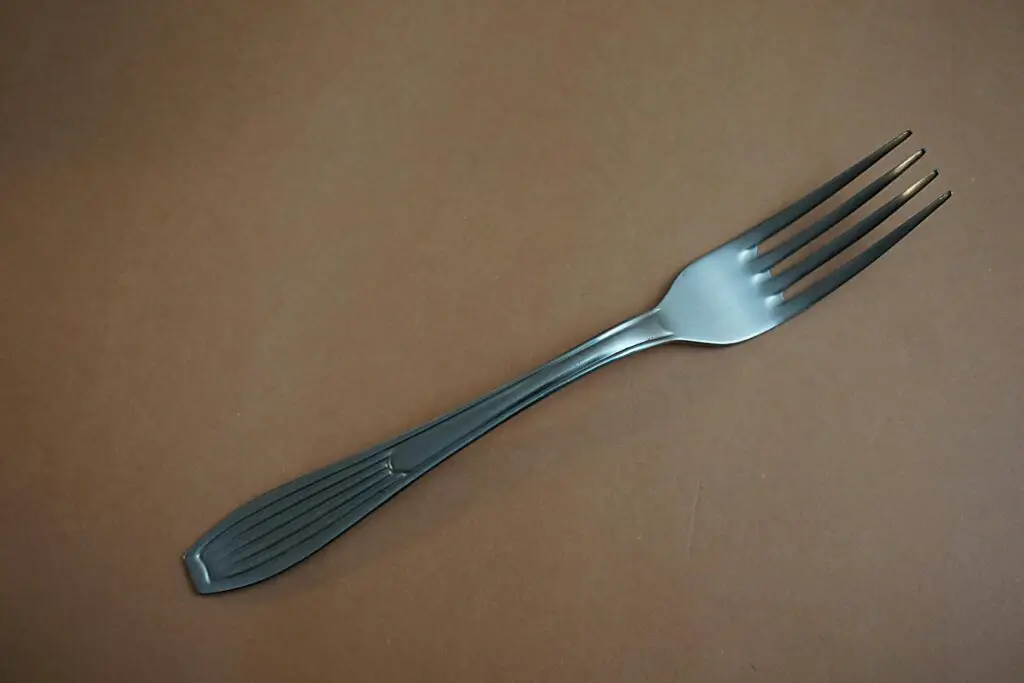
Believe it or not, forks were once considered scandalous. When they were introduced to Europe in the 11th century, people thought they were overly luxurious and even sinful.
Clergy condemned them, arguing that God gave us fingers for a reason. Using a fork was seen as vanity, and women who used them were sometimes called immoral. It took centuries for forks to become mainstream at the table. So your everyday utensil was once the center of a moral panic.
13. Eyeglasses

Eyeglasses have helped people see clearly for centuries, but they weren’t always welcomed. In medieval Europe, those who wore them were often seen as suspicious, or even accused of sorcery.
There was something unsettling about people gaining the ability to “see” better than others. Scholars with glasses were sometimes feared because others thought they had unnatural knowledge. Glasses were even used as props in depictions of witches and alchemists. It took a while for them to become purely practical instead of eerie.
14. Umbrellas

Umbrellas started as sun protection for royalty, but their creepier side came when they were linked to death rituals. In ancient Egypt, parasols were reserved for pharaohs and high priests—and were never to touch the ground.
They were symbols of divinity, and sometimes used during funeral rites. Later in Europe, opening an umbrella indoors was thought to bring bad luck, especially because it mimicked these rituals. Something meant to protect you from the elements also carried centuries of superstitions. Your rainy day staple has more layers than you’d think.
15. Ice Cream Trucks
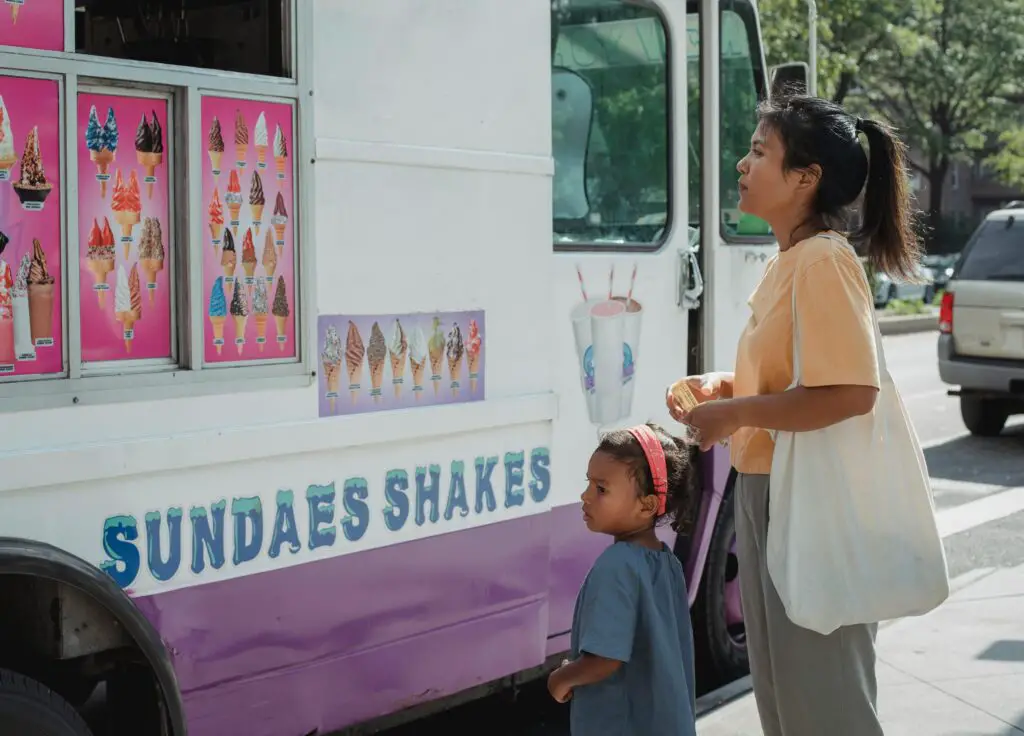
Everyone loves the jingle of an ice cream truck, but that catchy tune has a disturbing backstory. One of the most popular melodies used—“Turkey in the Straw”—has racist origins and was once paired with offensive lyrics in minstrel shows.
While the lyrics are no longer used, the melody remained tied to this painful past for years. Only recently have some companies started replacing it with more inclusive tunes. The cheery sound that once made kids run for popsicles came from a darker chapter in American history. It’s a reminder that even innocent things can carry heavy baggage.
